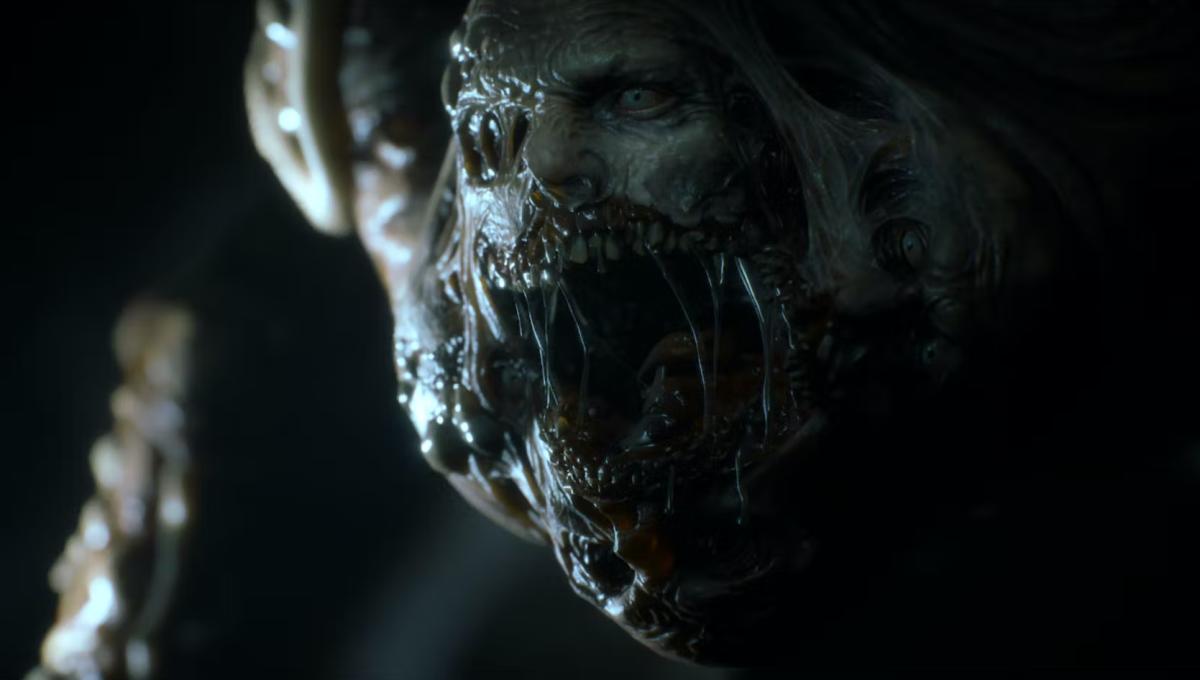The Callisto Protocol review – borderline broken combat drags down an otherwise promising game

I’m covered in blood and walking down a long, dark corridor when some flayed creature, standing at least seven feet tall and sporting two heads, each filled with rows of teeth, stomps around the corner. I pause the game, lean back in my chair, and I sigh. By this point, I’m over it.
The Callisto Protocol starts strong, but the second half of the game highlights gaping wounds in the mechanics. It doesn’t matter how gorgeous it looks, how thick the atmosphere is, or how weighty and impactful the weapons feel – the combat design is borderline broken.
Let me break it down for you so I can explain why it doesn’t work.
Combat in The Callisto Protocol is built around melee strikes. You have guns, and the guns are useful, but you will use melee in almost every encounter.
The reason for this is that you generally can’t outrun enemies. Instead, you have to dodge incoming attacks, which is done by holding the left stick in one direction and alternating it for each swing. As long as you keep changing direction, you can’t be hit. It’s simple and easy, and it feels slick when you first start using it.
Unfortunately, it was clearly designed with single enemy encounters in mind. When you do face more, your best option is to take out as many as you can, as quickly as you can, until you can fight one on one. Use the gravity glove to pick them up and lob them into wall spikes. Throw explosive canisters. Pepper them with bullets.
The flaws in this system are apparent when you’re surrounded, but they get way worse when Two-Heads shows up. This is an enemy you can only melee attack when it’s stunned. It can kill you in one hit, so you’re forced to stand right next to it and dodge every attack, which is easy enough. The frustration comes when you run out of ammo and are forced to switch guns.

Picture the scene: your left thumb is on the left stick, flicking left and right. To change your weapon, you must navigate a menu on the D-pad, forcing you to twist your pad around and press the D-pad buttons with your right hand, craning over your left.
To top it off, some of the animations for weapon switching are almost indistinguishable from the reload animation, and both animations can be interrupted by Two-Heads’ attacks. It’s frustrating enough, but imagine throwing some more enemies into the mix at the same time. Then there’s the final boss, which is somehow even worse.
It’s a real shame because the first half of the game is fantastic. It looks and sounds amazing, the setting is cool, and the performances from the actors are solid, with Sam Witwer’s scenery-chewing being a real highlight. It’s also an incredible achievement. This is a new game from a new studio, made in three years. During a pandemic! They started from nothing and we should give them props for that. It’s just a shame some of the encounter design choices were made.

Then there’s the lack of a map. Survival horror games are about mastery of space – getting to know a location intimately and figuring out the best route through. This, of course, is more of an action game – there aren’t really any puzzles, and most of the game is a series of linear corridors – but the lack of some guidance system makes you constantly second-guess yourself.
If I had a map, I’d be able to see which corridor takes me down the critical path and which could lead me to some more resources. In its current form, I can only guess. This meant that I was constantly pushing down a corridor, seeing that it looked like the right direction, then doubling back to make sure I didn’t miss anything.
It’s a huge shame, but these issues drag down what’s an otherwise solid debut game. It feels deserving of a sequel, and I would personally be excited if they ever announced one because I’m sure the team would nail it the second time around. As I said before, they started from nothing – no lines of code, no assets. They should be proud that they got it out the door. But it’s a hard game to recommend.
Horror games should have friction, but that friction shouldn’t come from external factors like the control scheme. It should be the player running low on ammo, or limping their way to a med station, or making some kind of active decision to solve a situation they’ve found themselves in. Here, your only real proactive decision is: how do I make this encounter go away as quickly as possible? Maybe Two-Heads aren’t better than one.
Score: 5/10
Version tested: PS5.
